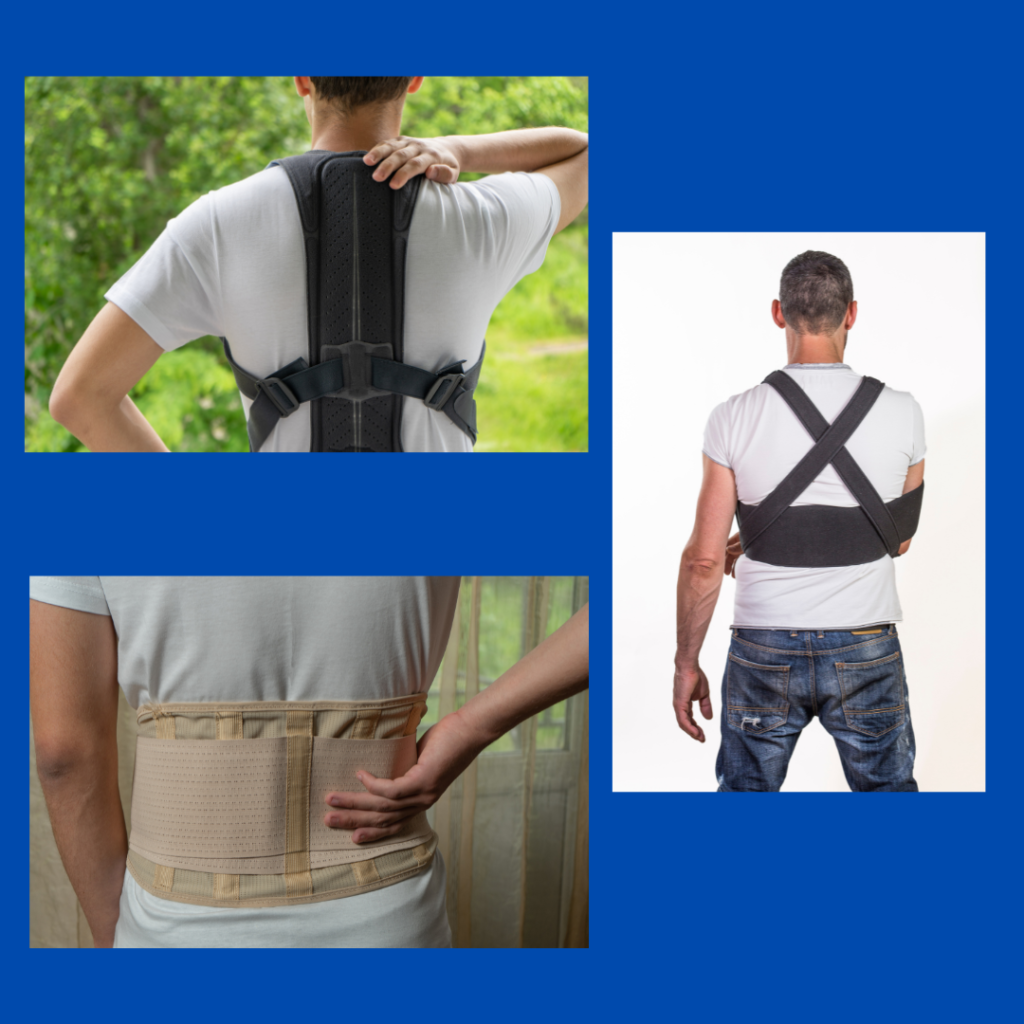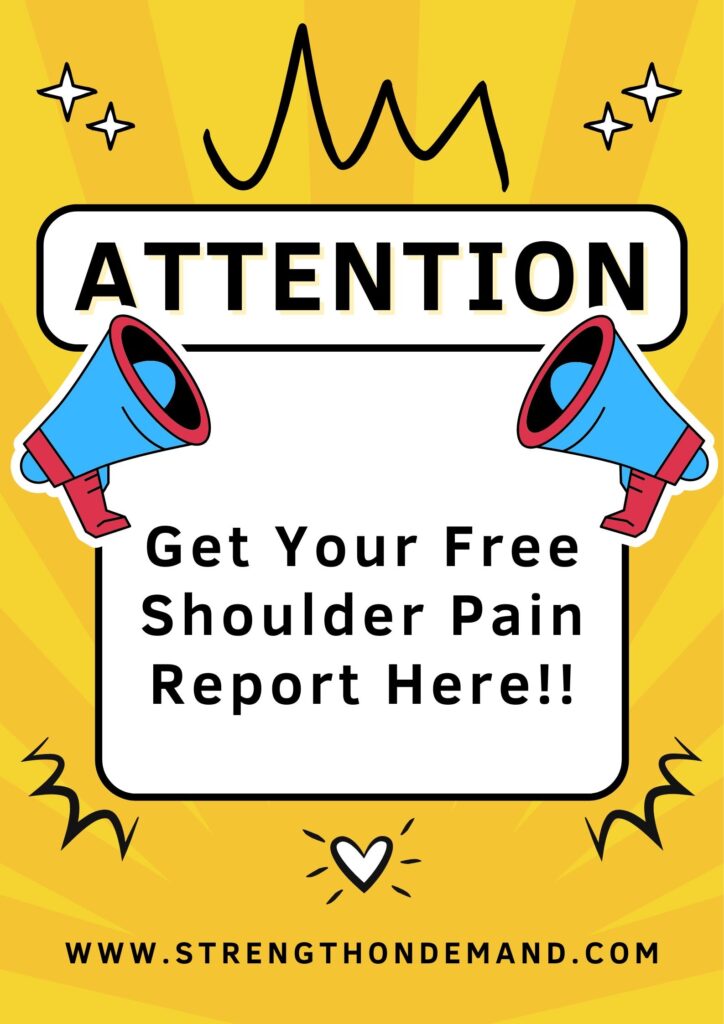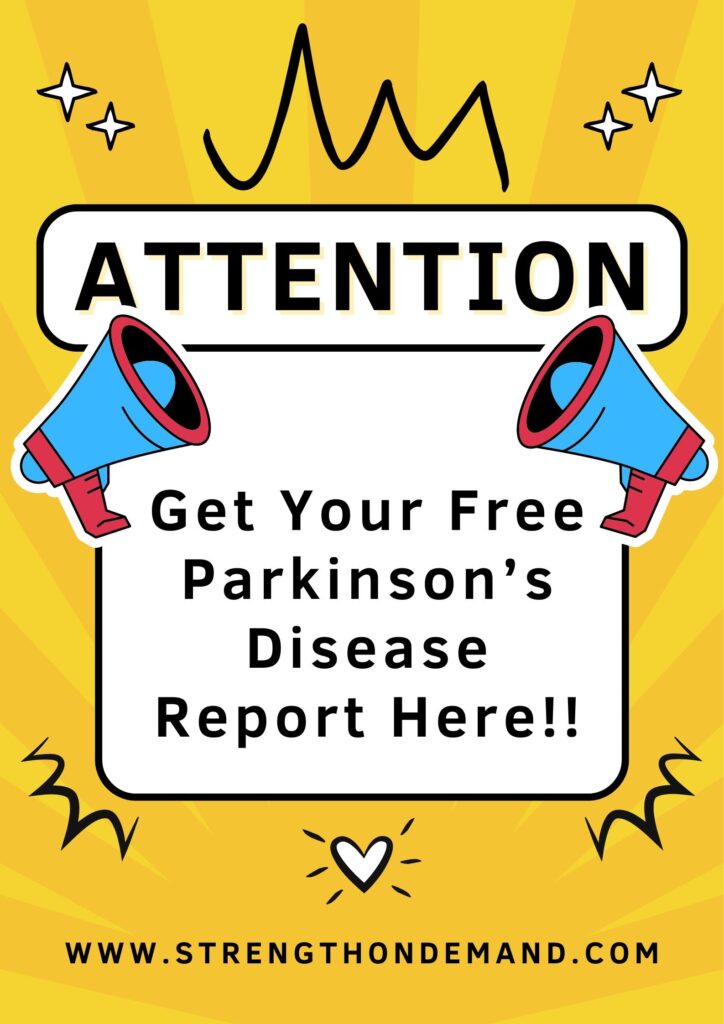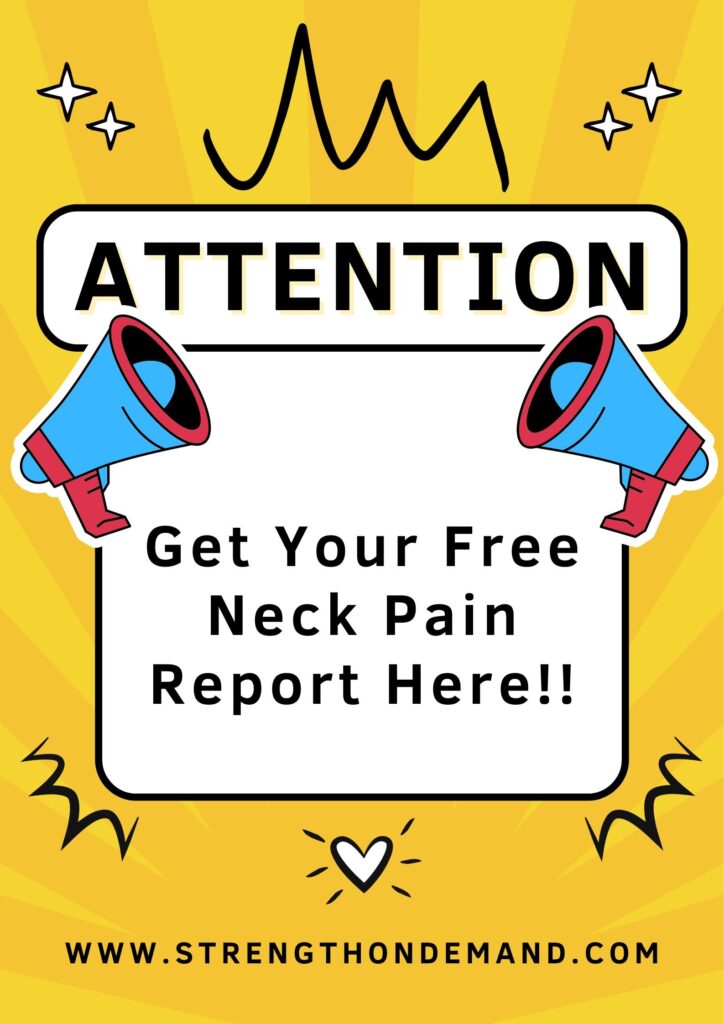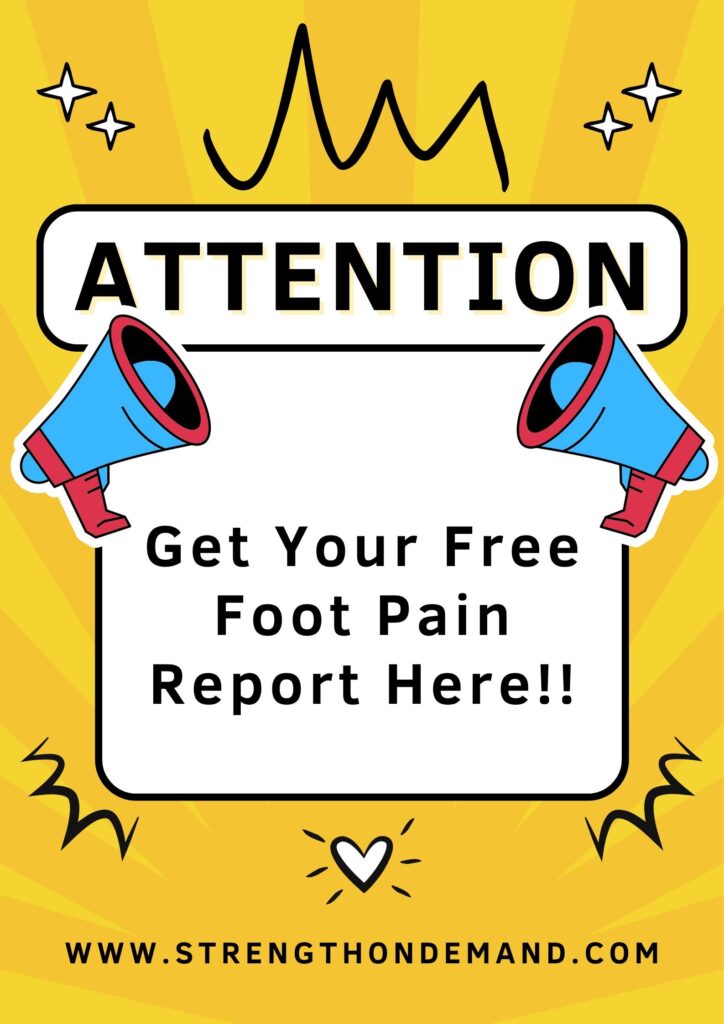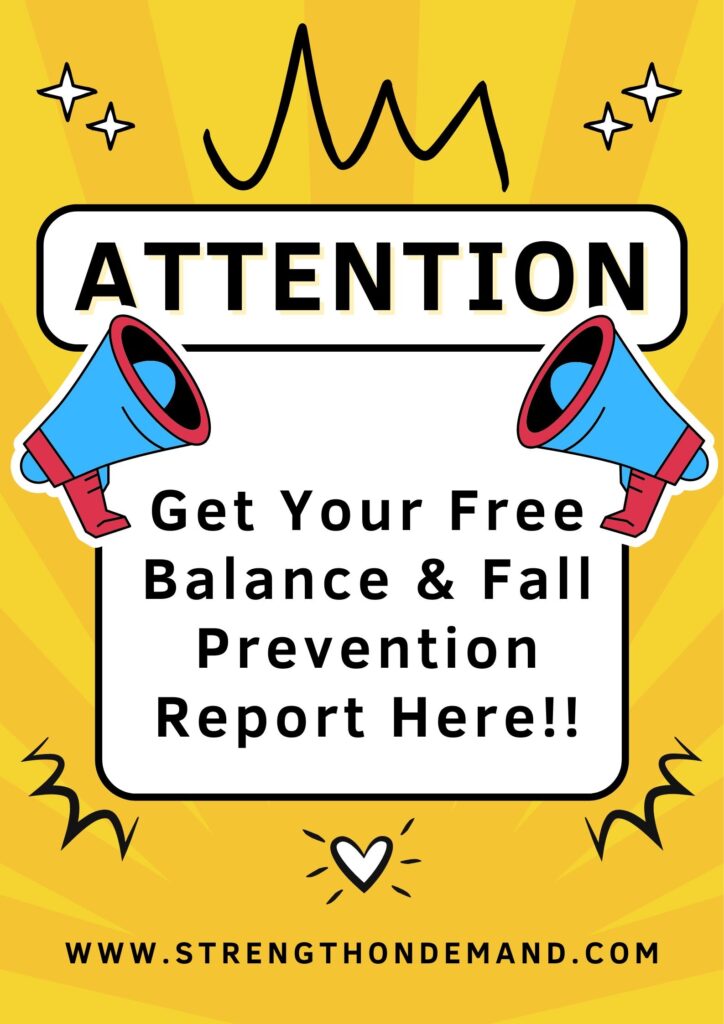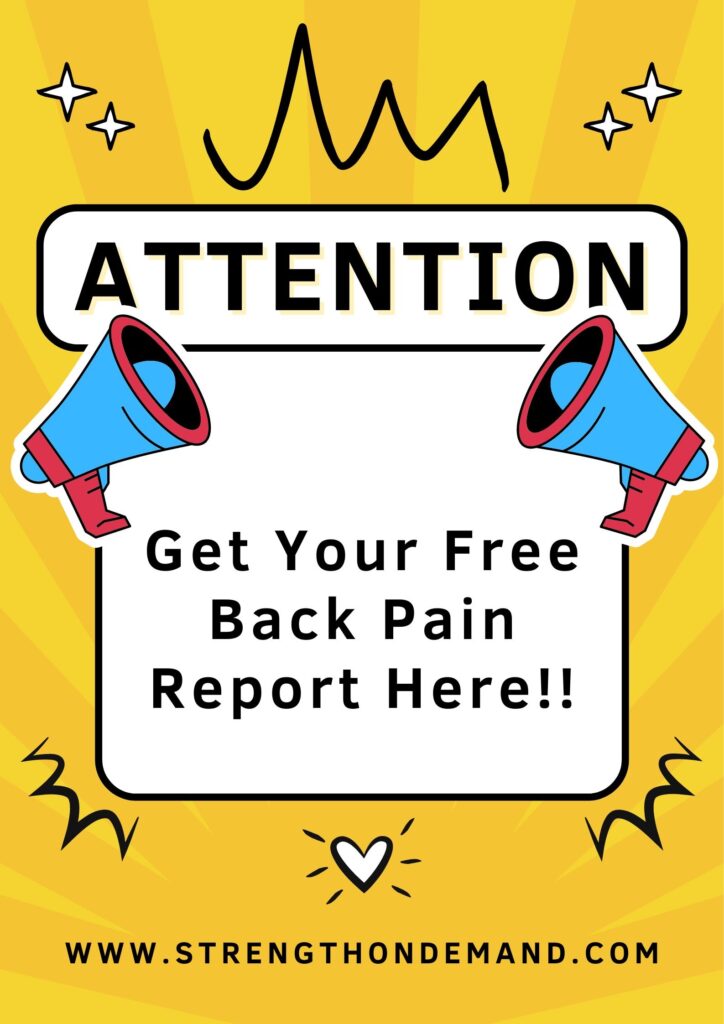Ah, the back brace. That snug, supportive garment that makes you feel like a turtle with an identity crisis. But is it really the superhero of spinal health, or just a glorified corset with delusions of grandeur? Let’s dive into the pros and cons of wearing a back brace, shall we?
Pros:
- Instant Posture Perfection: Slap on a back brace, and voila! You’re suddenly standing straighter than a soldier at attention. Studies show that back braces can indeed improve posture, reducing strain on your spine. It’s like having a tiny drill sergeant strapped to your back, constantly yelling, “Shoulders back, maggot!”
- Pain Relief (Maybe): Some research suggests that back braces can alleviate lower back pain. It’s like a warm, supportive hug for your spine – minus the awkward social interaction. Some feel that limiting movement and providing compression helps to reduce pain and inflammation. Unfortunately, it is a temporary solution, rather than a permanent one. As a result, it is advised that a back support be used as part of a comprehensive treatment plan that includes Physical Therapy and strength training.
- Lifting Made Less Lethal: When it comes to heavy lifting, a back brace can be your best friend. Studies indicate that it cannot only provide additional support to the spine, but also may reduce the load on your spine during lifting tasks. It’s like having a personal cheerleader for your vertebrae, minus the pom-poms. However, it may also provide a false sense of security, leading someone to attempt to lift even heavier than normal weights. This places them at a higher risk of injury.
- Confidence Boost There’s something empowering about strapping yourself into a piece of medical equipment. You’ll strut around like you’re wearing a bulletproof vest, ready to take on the world – or at least the grocery store.
- Excellent Excuse for Avoiding Chores “Sorry, honey, I can’t do the dishes. My back brace makes it impossible to reach the sink.” (Note: Effectiveness may vary depending on your partner’s gullibility.)
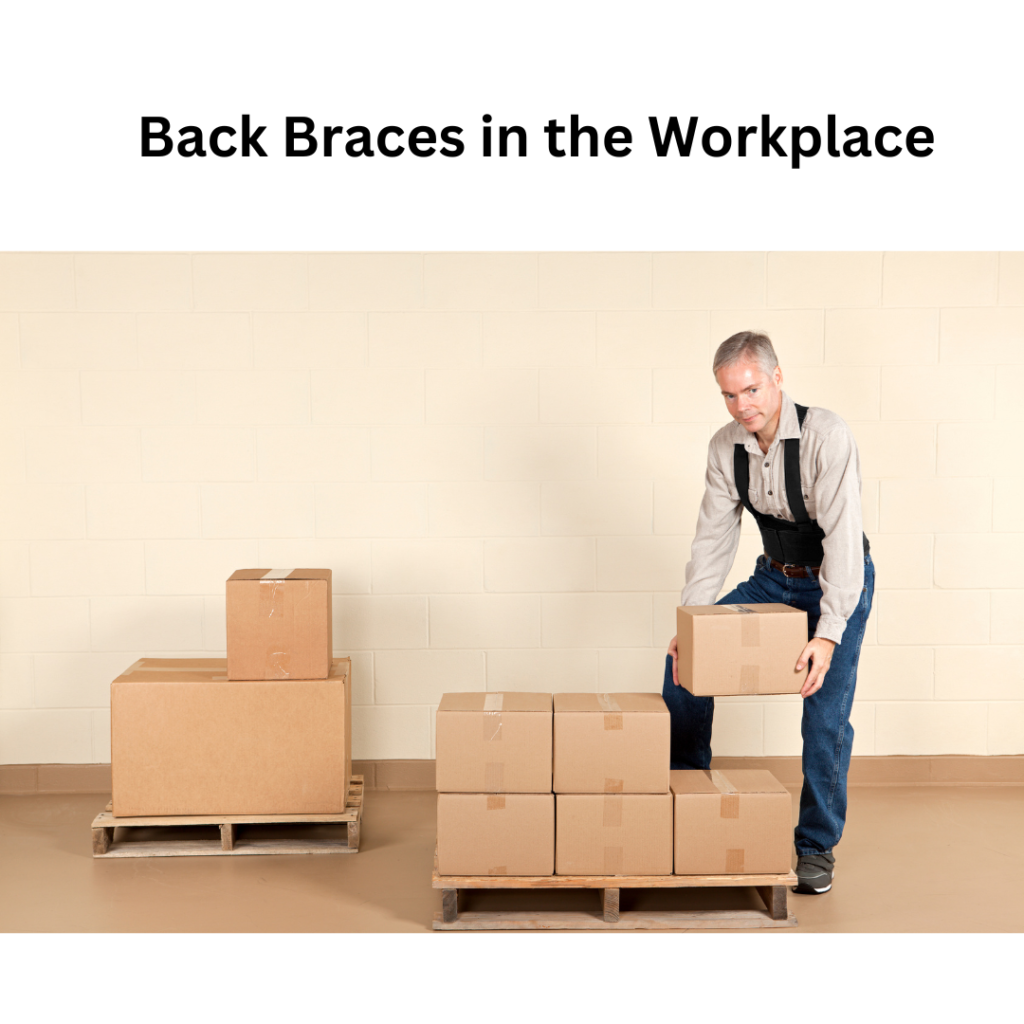
Cons:
- The Sweaty Struggle Wearing a back brace is like having a personal sauna wrapped around your torso. Studies show increased skin temperature and humidity under braces. Get ready to sweat in places you didn’t know could sweat!
- Muscle Atrophy: The Lazy Spine Syndrome Wearing a back brace too much can lead to weakened core muscles. Your abs might start filing for unemployment due to lack of work. Remember, a brace is supposed to be a crutch, not a replacement for your entire muscular system.
- Fashion Faux Pas: Let’s face it, back braces aren’t exactly runway material. You might find yourself explaining to concerned onlookers that no, you’re not wearing a medieval torture device – it’s just your back brace. And keep in mind, a poorly fitting back brace can cause more discomfort and may not provide the intended benefits.
- The Dependency Dilemma: Some research suggests that relying too heavily on a back brace can create a psychological dependency. Before you know it, you’re naming your brace and taking it out for dinner dates.
- Breathing: Now with Extra Challenge! Studies show that back braces can restrict your lung capacity. It’s like trying to breathe normally while being hugged by an overenthusiastic anaconda.
- The Bathroom Conundrum: Ever tried using the restroom while wearing a back brace? It’s like trying to solve a Rubik’s Cube blindfolded…with your feet.
What are some of the Claims Out There about Back Braces?
- They reduce internal forces on the spine during forceful exertions.
- They increase intra-abdominal pressure, which may counter the outside forces placed on the spine.
- They help stiffen the spine, which may decrease forces on the spine.
- They restrict motion at the spine. If anything is restricted, it is probably side to side bending and twisting (which may be a good thing). This is why many surgeons give their patients one to wear immediately following back surgery.
- They serve as a reminder to lift properly.
- They have led to reduced incidence of injuries in the workplace.
All of these claims remain unproven! However, if you feel better when wearing a back brace, wear one. Just don’t depend on it for every activity, as the possibility of it leading to weakness is present. Evaluate your lifestyle, especially if what you do on a daily basis requires frequent lifting, twisting, bending, pushing or pulling. Modify these activities so that you can continue to perform them, but in a less hazardous way. Learn about posture and ergonomics.
So, there you have it – the good, the bad, and the sweaty of wearing a back brace. Remember, while back braces can be beneficial for specific conditions and situations, they’re not a one-size-fits-all solution. Always consult with a healthcare professional before strapping yourself in.
In the end, whether a back brace is right for you depends on your specific needs, your tolerance for looking like a discount cyborg, and your willingness to explain to strangers that no, you’re not wearing a corset – you’re just really into spinal health.
So, the next time you see someone sporting a back brace, give them a knowing nod. They’re either taking care of their spine, or they’re secretly a turtle in disguise. Either way, they deserve your respect – and maybe a fan to combat that back brace sweat.

